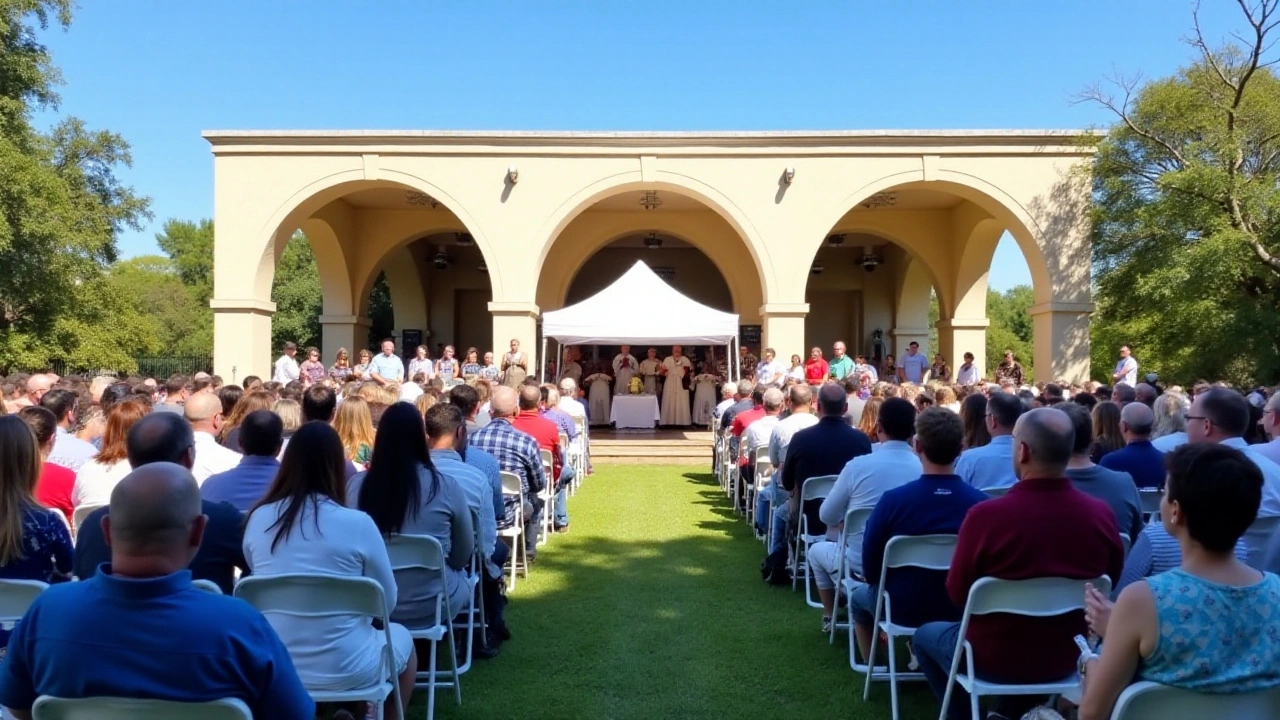All Saints Day: What It Is and How It’s Celebrated
Ever wonder why some people light candles, go to church, or visit graves on November 1st? That’s All Saints Day, a holiday that mixes faith, family, and a little bit of history. It’s not just a religious event – it’s also a time when many cultures remember loved ones and share food, music, and stories.
In plain terms, All Saints Day is a day set aside to honor all saints, both famous and unknown. For Christians, it’s a reminder that good deeds matter, even if the saint’s name never made it into a textbook. For many others, it’s a chance to think about ancestors, clean up graves, and spend time with family.
History and Origins
The roots go back to the early church. In the 4th century, believers started gathering on May 13 to remember martyrs who died for their faith. Over time, the date moved, and by the 8th century Pope Gregory III fixed November 1 as the official day. Why November? It lined up with older harvest festivals, making it easier for people to adopt the new celebration.
As the idea spread, different regions added their own flavor. In the Middle Ages, people would light bonfires, chant prayers, and offer food to the poor. The holiday became a mix of solemn worship and community feasting.
Modern Traditions Around the World
Today, the way people mark All Saints Day varies a lot. In many European countries, churches hold special Masses and people bring flowers to decorate statues of saints. In Mexico and parts of Central America, the day blends with Día de Los Muertos. Families clean graves, set up colorful altars, and share treats like sugar skulls and pan de muerto.
In the Philippines, families gather at the local church, say the “All Saints’ Prayer,” and then head to the cemetery to light candles and pray for the departed. In some African nations, especially where Christianity has a strong presence, people attend sunrise services and then share a communal meal.
If you’re looking for simple ways to join the celebration, start with a few easy steps: light a candle in a quiet spot, say a short prayer or think of a person you miss, and maybe place a flower or a favourite snack on a small altar. Even just sharing a story about a loved one can turn the day into a personal tribute.
Many people also use the day to do good deeds. Donating to a charity, volunteering at a soup kitchen, or simply helping a neighbour are ways to live out the “saintly” spirit. It’s a reminder that honors aren’t just for the past – they can be created today.
So whether you’re attending a grand church service, cleaning a family plot, or just sitting with a cup of tea and a memory, All Saints Day offers a moment to pause, reflect, and connect. It’s a day that balances reverence with everyday life, and that balance is what makes it still relevant for millions around the world.
Next November 1, try one of these ideas: visit a local cemetery, light a candle for someone you love, or share a traditional dish with friends. You’ll see how a holiday that began centuries ago can still bring comfort and community today.
Archbishop to Lead All Saints Day Celebrations at St. Catherine of Siena Church in Metairie
Archbishop Gregory Aymond is leading the All Saints Day mass at St. Catherine of Siena Church in Metairie on November 1. This significant religious event celebrates all saints and martyrs, inviting the public to reflect and honor these spiritual figures. The mass is a major occasion in the Catholic Church, emphasizing community participation and spiritual gratitude.
